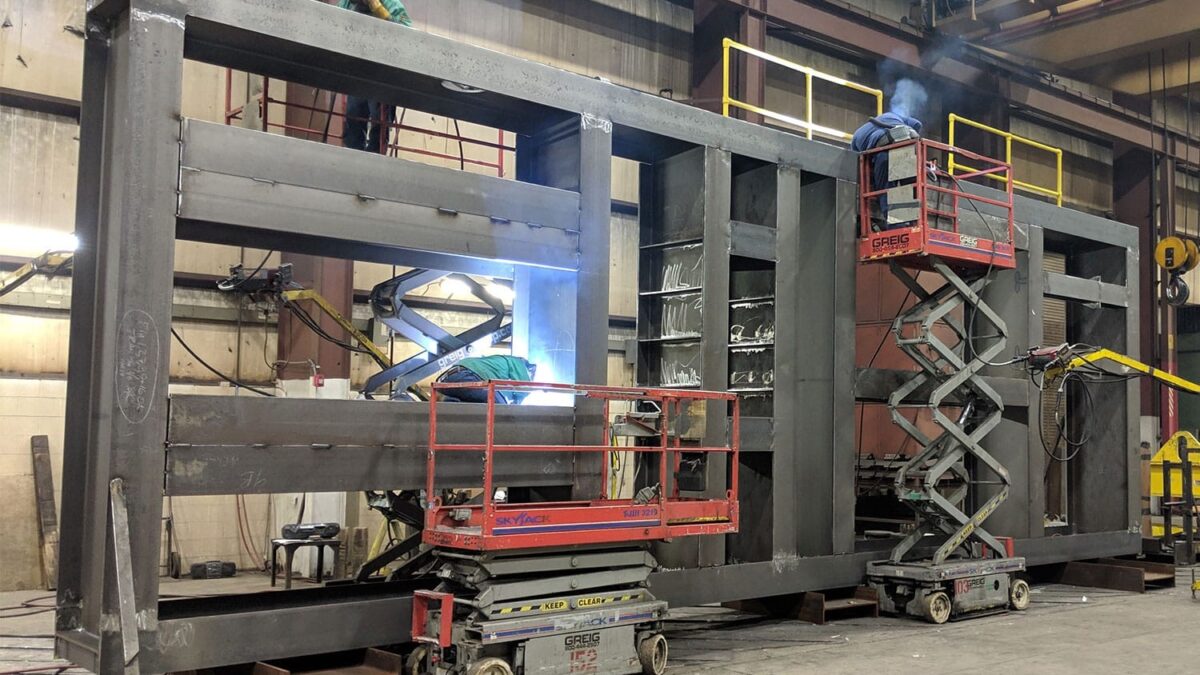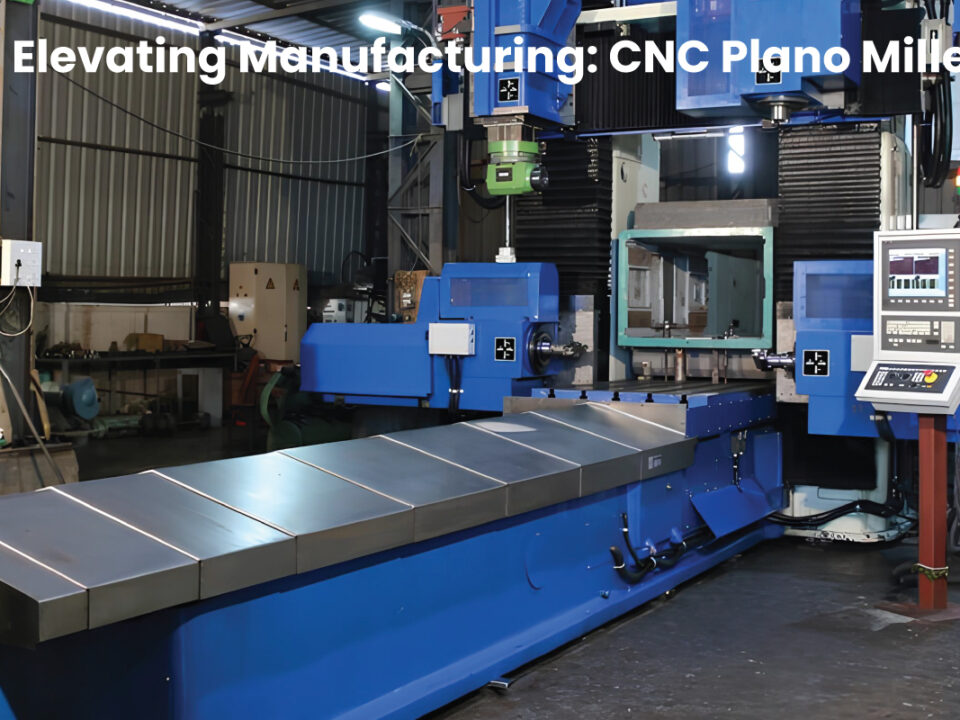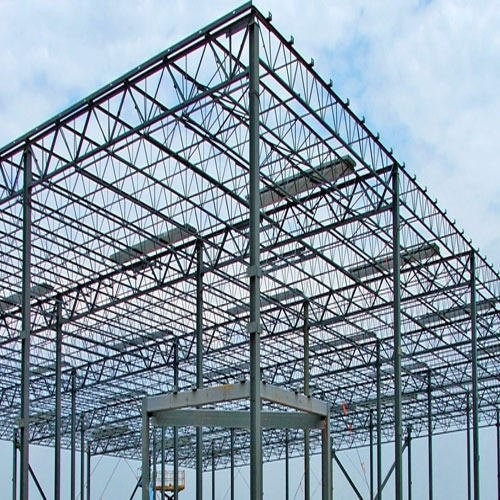Exploring the World of Custom Heavy Fabrication
In the realm of industrial manufacturing, custom heavy fabrication stands out as a cornerstone of innovation and precision engineering. From towering structures to intricate machinery components, custom heavy fabrication plays a pivotal role in bringing ambitious projects to life. In this blog, we delve into the fascinating world of custom heavy fabrication, uncovering its significance, processes, and applications.
Understanding Custom Heavy Fabrication
At its core, custom heavy fabrication involves the creation of specialized components and structures tailored to meet specific project requirements. Unlike standard fabrication processes that focus on mass production, custom heavy fabrication thrives on customization, precision, and expertise. Each project presents unique challenges and demands meticulous attention to detail to ensure the highest standards of quality and performance.
The Process of Custom Heavy Fabrication
Custom heavy fabrication encompasses a diverse range of processes and techniques, including welding, machining, forming, and assembly. Skilled artisans and engineers work collaboratively to translate design concepts into tangible products, employing advanced machinery and equipment to execute intricate tasks with precision. From initial concept development to final inspection, every step in the fabrication process is carefully orchestrated to deliver exceptional results.
Applications Across Industries
The versatility of custom heavy fabrication extends across various industries, including aerospace, automotive, construction, energy, and maritime. In aerospace, custom fabrication is instrumental in the production of aircraft components, engine parts, and structural assemblies. In the automotive sector, it facilitates the manufacturing of specialized vehicle chassis, frames, and structural reinforcements. Similarly, in construction, custom fabrication plays a vital role in the creation of architectural steelwork, bridge components, and infrastructure elements.
Key Components and Materials
Custom heavy fabrication encompasses a wide array of components, ranging from structural steel assemblies and pressure vessels to storage tanks and machinery frames. The choice of materials is equally diverse, with options including carbon steel, stainless steel, aluminum, titanium, and alloy steels. Each material offers unique properties and characteristics suited to specific applications, allowing for optimal performance and longevity.
Quality Assurance and Compliance
Stringent quality assurance measures are integral to the custom heavy fabrication process, ensuring that fabricated components meet regulatory standards and client specifications. Quality control protocols encompass rigorous testing, inspection, and documentation to verify the integrity, durability, and performance of fabricated products. By adhering to industry best practices and compliance requirements, custom heavy fabrication companies uphold their reputation for excellence and reliability.
Advantages and Benefits
The benefits of custom heavy fabrication are manifold, offering tailored solutions, superior quality, and unmatched versatility. By customizing components to meet precise project requirements, manufacturers can optimize performance, minimize waste, and enhance efficiency. Additionally, custom fabrication allows for greater design flexibility, enabling engineers to explore innovative solutions and push the boundaries of possibility.
Challenges and Solutions
Despite its many advantages, custom heavy fabrication presents challenges such as complex project requirements, tight deadlines, and technical constraints. However, through effective project management, collaboration, and innovation, these challenges can be overcome, leading to successful outcomes and client satisfaction.
Future Trends and Innovations
Looking ahead, the future of custom heavy fabrication is marked by technological advancements, digital integration, and sustainable practices. As automation and robotics continue to evolve, manufacturers are poised to streamline production processes, improve efficiency, and reduce costs. Furthermore, the adoption of digital technologies such as 3D modeling, simulation, and virtual prototyping promises to revolutionize the design and fabrication process, unlocking new possibilities and driving innovation.
Conclusion
In conclusion, custom heavy fabrication is a vital enabler of progress and innovation across industries, delivering bespoke solutions that meet the evolving needs of modern society. As demand for specialized manufacturing solutions continues to grow, the importance of custom fabrication in shaping the future cannot be overstated. By leveraging advanced technologies, embracing sustainable practices, and fostering collaboration, the industry is poised to thrive and continue pushing the boundaries of what is possible.





